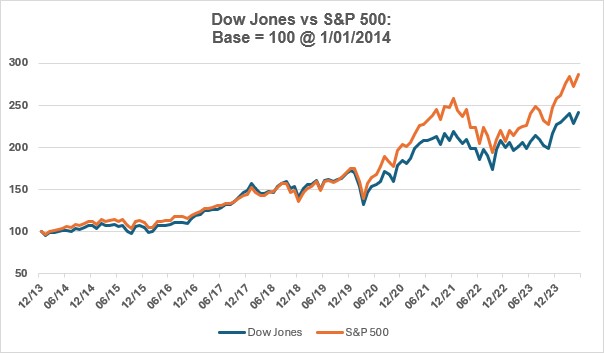
A useful new web tool has emerged, a little late in the game, in a joint effort from two government departments.
In early 2023, HMRC and the Department for Work and Pensions (DWP) found they were unable to cope with the volume generated by a 5 April cut-off date that had been set a decade previously. The deadline related to the option to pay backdated National Insurance contributions (NICs) to fill in gaps in contribution records going back to 2006/7, rather than the standard six-year period. Media coverage of the option – often quoting the more extreme examples of benefit – had prompted a surge of last-minute interest, which the departments were unable to manage.
After denying there was a problem, the government finally revealed a band-aid solution in March, pushing the deadline out to 31 July 2023. This solution came unstuck about three months later when, still unable to cope with requests for information, the deadline was extended again to 5 April 2025 – two years after the original cut-off date.
One of the biggest issues causing delays was the difficulty in obtaining details of contribution gaps from the DWP (unavailable online) and then paying HMRC the appropriate amount. Now, at long last, a ‘fully end-to-end digital solution’ has been launched by the DWP and HMRC under the banner Check your State Pension forecast. It is not a complete solution, because it will not work if you are beyond the State pension age (presently 66 years), self-employed or currently living outside the UK with gaps incurred while working abroad. You will also need to have a Personal Tax Account with HMRC to log in (or register for one first with GOV.UK).
If you think you might have missed contributions going back to April 2006, it is well worth taking a few minutes to check your position with the new tool. To fill in one year’s missing contribution (before the 2023/24 tax years) costs £824.20 and could mean an extra £328.64 a year in State pension.
The Financial Conduct Authority does not regulate tax advice.
Tax treatment varies according to individual circumstances and is subject to change.





